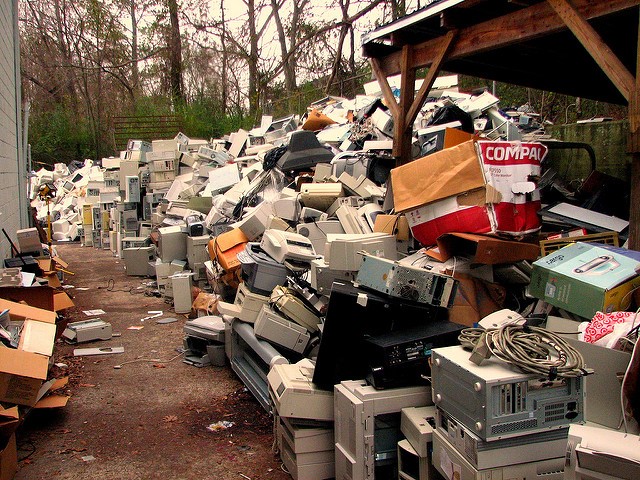A recent article appearing in the MIT Technology Review described the exciting potential for using wood-based computer chips instead of the silicon-based chips which currently enjoy almost universal application. Whereas silicon chips are fairly rigid in usage as a transistor, wood can be processed into nano cellulose paper to provide a flexible, translucent plate which requires only a small fraction of the semi-conducting surface needed by silicon. Even better – there is absolutely no loss of performance associated with the wood-based chips and it is recyclable, which makes it a very viable substitute for the silicon model.
The development of wood-based computer chips
A group of scientists and engineers working at the University of Wisconsin, and being led by Professor Zhenqiang Ma, developed the process for transforming wood into nano cellulose paper which could be used in the manufacture of computer chips. After working to create the new technology, the Wisconsin University group demonstrated that nano cellulose paper could indeed be used as the layer of support for the kind of radio frequency circuits currently being used in laptops and smartphones.
Reducing electronic waste
One of the other appealing by-products of this wood-based chip development is its bio-degradable aspect, since it’s made out of wood. This may sound like a small thing, compared to the economy and greater functionality of nano cellulose, but as one PBS Newshour special pointed out, electronic waste has been quietly becoming a significant problem in the United States and even more so in developing countries. That’s because many electronic products are considered to have a shelf-life of something like two years and according to a two-year investigation by the Basel Action Network, most of the e-waste in the United States is exported, not recycled, often to countries in Asia or Africa. They discovered this by placing GPS trackers on about 200 devices sent to various e-recycling facilities the United States.
 (Image by Flickr; distributed under a CC-BY 2.0 license)
(Image by Flickr; distributed under a CC-BY 2.0 license)
More often than not, these discarded devices are exported for re-purposed usage but eventually they’re discarded in landfills or dumpsters. The result is that huge fires are instigated in landfills and large dumpsters, being primarily fed by these electronic devices and creating dangerous electronic graveyards. This situation is expected to grow even worse in the future, with the cost of new electronic devices being reduced, and greater numbers of them being manufactured.
This points up the need for a bio-degradable component in such devices, one which will not add significantly to the dangers of ill-advised mass burnings that can create health issues in the areas where they’re undertaken. The United States military has also shown keen interest in bio-degradable electronics, because by decaying rapidly, the danger of sensitive information being discovered and exploited is greatly reduced. Even though the primary focus of the original development was to find a material which would help to fight electronic waste, it has become clear that military interests would also be served. Ma says that wood based chips are ready for commercialization but thinks it would take sharp increases in the cost of rare semiconductor materials or environmental pressure on the electronics industry to change its practices.
If and when wood-based computer chips come into widespread usage, they would cut way down on waste of copper, gold, and zinc which are used in the manufacture of electronic devices currently. If no other benefits were to be provided, this one would make wood-based computer chips advantageous, simply as a means for greatly reducing the disposal of electronic waste in this country.
Author’s Box
This article was supplied by Nature’s Packaging. Their goal is to demonstrate through research and science the environmental opportunities of using wood products, especially pallets and crates.
Resources
The Burning Truth Behind E-Waste Dump in Africa: http://www.smithsonianmag.com/science-nature/burning-truth-behind-e-waste-dump-africa-180957597/
A Biodegradable Computer Chip that Performs Surprisingly Well: https://www.technologyreview.com/s/539206/a-biodegradable-computer-chip-that-performs-surprisingly-well/
Where Does America’s E-Waste End Up? GPS Tracker tells all: http://www.pbs.org/newshour/updates/america-e-waste-gps-tracker-tells-all-earthfix/
These New Computer Chips are Made from Wood: http://www.smithsonianmag.com/innovation/these-new-computer-chips-are-made-from-wood-180955471/
7 Incredible Uses for Nanocellulose: http://gizmodo.com/5994113/7-incredible-uses-for-nanocellulose
E-Trash Transparency Project: http://www.ban.org/trash-transparency
Leave a Reply
You must be logged in to post a comment.